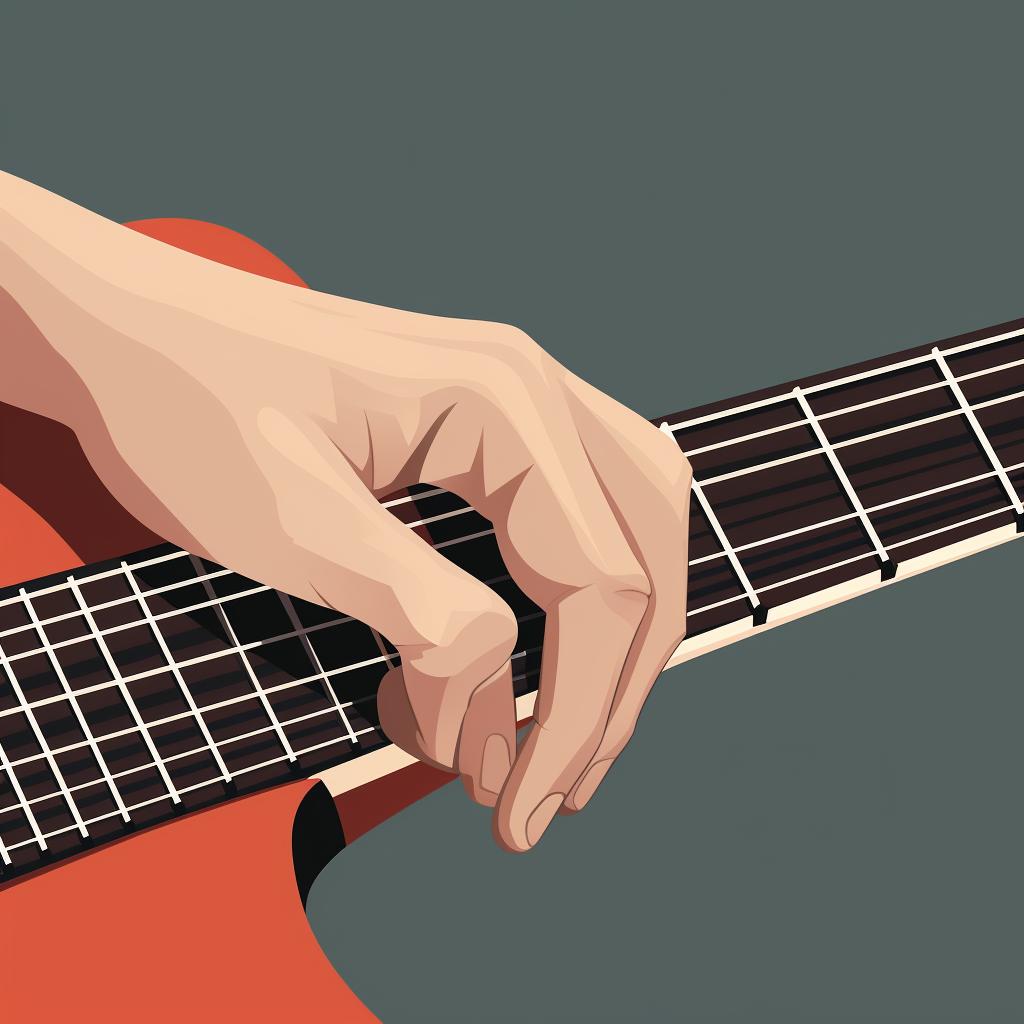🎸 Mastering the C Chord: A Step-by-Step Guide 🎶
Mastering the B chord: A Step-by-Step Guide
Learning guitar chords is an essential part of becoming a skilled guitarist. One of the first chords every beginner should learn is the C chord. In this step-by-step guide, we will walk you through the process of mastering the C chord, from positioning your fingers to practicing the transition.
Step 1: Positioning Your Fingers
To play the C chord, start by positioning your fingers on the fretboard. Place your index finger on the first fret of the B string. Your middle finger should be on the second fret of the D string, while your ring finger goes on the third fret of the A string. Take your time to ensure that each finger is pressing down on the string firmly and accurately.
Step 2: Strumming the C Chord
Once your fingers are in place, it's time to strum the C chord. Use your strumming hand to strum all the strings except for the low E string. This will create a clear and resonant sound. Practice strumming the C chord slowly and evenly, making sure that each string rings out clearly.
Step 3: Checking Your Sound
After strumming the C chord, take a moment to listen to the sound. If it sounds off or muted, double-check your finger positioning. Make sure each finger is pressing down on the string with enough pressure to produce a clean sound. Adjust your finger placement if necessary and strum the chord again to check the sound.
Step 4: Practicing the Transition
To become comfortable with the C chord and improve your overall guitar skills, it's important to practice transitioning between the C chord and other chords. Start by choosing a simple chord progression, such as C to G or C to Am, and practice switching between the chords smoothly. Focus on maintaining the correct finger positioning for each chord and keeping a steady rhythm. With regular practice, you'll develop muscle memory and be able to transition between chords effortlessly.
Conclusion
Mastering the C chord is a crucial step in your guitar journey. By following this step-by-step guide and practicing regularly, you'll be able to play the C chord confidently and seamlessly transition between chords. Remember to take your time, be patient with yourself, and enjoy the process of learning and improving your guitar skills.
So, grab your guitar, position your fingers, and let the music flow with the beautiful sounds of the C chord. Happy playing!
Key Takeaways:
- Position your fingers correctly on the fretboard for the C chord.
- Strum all the strings except for the low E string.
- Check the sound of the chord and adjust finger positioning if needed.
- Practice transitioning between the C chord and other chords to improve your guitar skills.

















